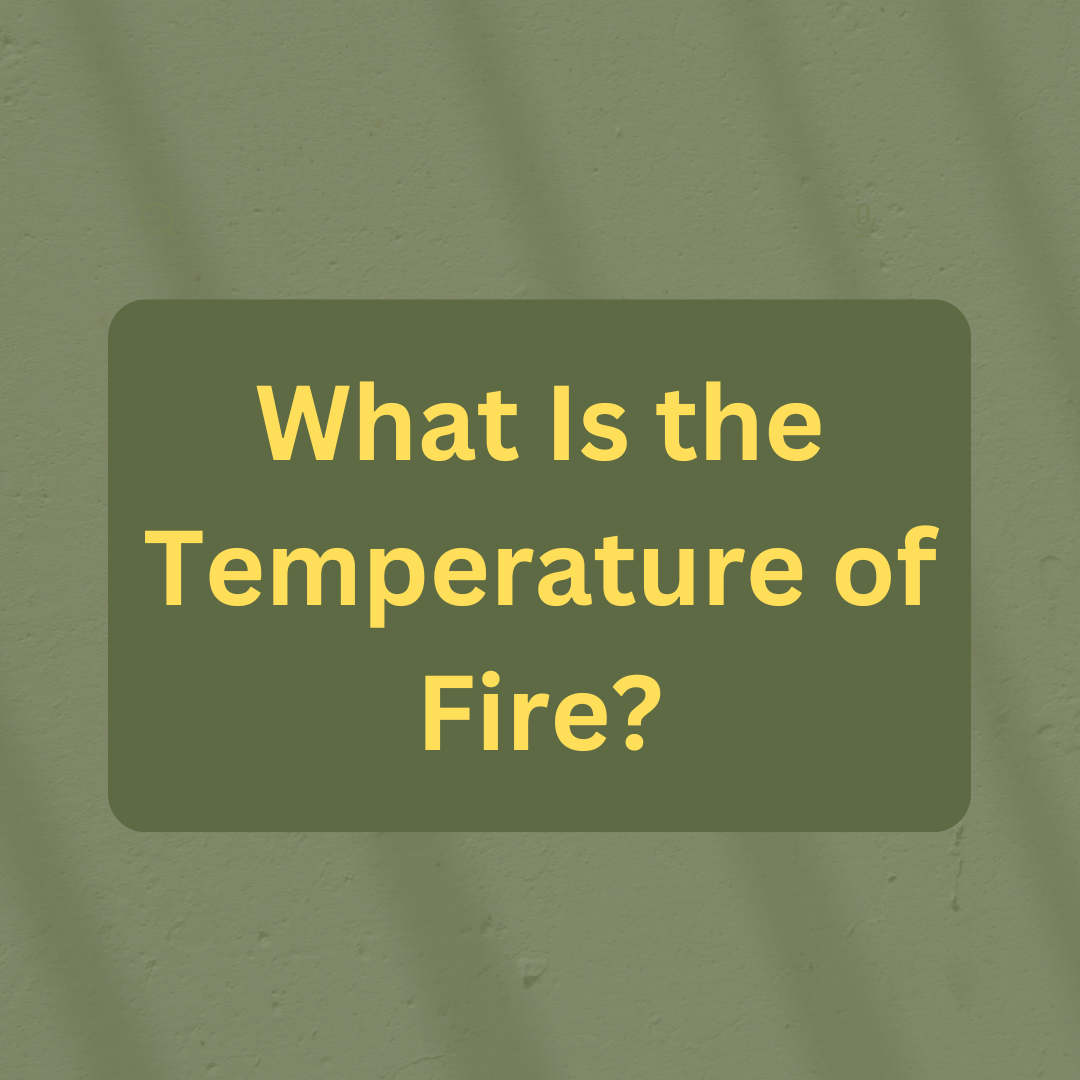
A house fire temperature is high enough to cause serious damage to structures and objects, and can even cause fatalities. Therefore, this article tries to explain to you how hot is a house fire, and later on safety measures that you should take when handling such fires.
According to a report by National Fire Protection Association, Fundamentals of Fire Protection, the average peak temperature of a house fire or area of a building is around 1,100°F (593°C). The peak temperature is between 1,200 and 1,800°F (649 and 982°C).
In Celsius, this is roughly between 649°C and 982°C.
When Compared to the actual temperature of a fire, this average range is relatively low. A raging fire can reach temperatures of up to 2,000°F (1093°C).
It is also important to note that, the common house fire often has more smoke than heat, making it difficult to measure the temperature directly. This means that the temperatures listed above are approximations, and the actual temperature of a fire can be much higher.
Therefore, when dealing with house fire, it is important to be aware that the fire can reach temperatures higher than 1,800°F and take appropriate safety measures.
Some of the safety measures to take when handling a house fire include the following:
Evacuating the building
The first thing to do as part of your safety is to evacuate the building as soon as possible.
Calling for help
The next step is to call for help, either the fire department or a fire extinguisher company.
Staying low
When evacuating the building, it is important to stay low and avoid breathing in the smoke. Staying low to the ground and covering your mouth with a wet cloth to avoid inhaling smoke.
This is important to protect yourself from smoke inhalation. Inhaling smoke may cause serious health problems and even death.
Keeping a fire extinguisher nearby
Another safety precaution is to keep the fire extinguisher nearby so that you can put out the fire quickly in case of an emergency. It is also important to be familiar with how to use the extinguisher. If you are not familiar with fire extinguisher usage, you can read the PASS technique and this will help you understand the most important steps in fire safety.
By following these safety measures, you can reduce the risk of injury and damage from a house fire.
Not entering the burning building
You should not enter if the fire is raging and you cannot put it out. It is best to wait for the fire department to arrive and tackle the fire. Do not try even if you think you can save something from the fire. The heat and smoke can be too much and can cause serious injury or death.
Avoiding Re-Entry
Once the fire has been put out, it is important to avoid re-entering the building until it has been deemed safe by a professional.
Having A Fire Safety Plan
Even before a house fire, it is important to have a safety plan in place. It helps in preventing property loss and injury in the case of a fire. Making sure that there are working smoke detectors and a fire escape plan in place can help to ensure the safety of everyone in the building.
Final thoughts
It is always important to understand the average house fire temperature so that appropriate safety measures can be taken. It is also important to note that a fire can get much hotter than this.
Taking safety precautions such as evacuating the building, calling for help, staying low, avoiding re-entry, and having a fire safety plan can help to reduce the risk of injury and damage that would otherwise be caused by fire.
You may also want to read on:
